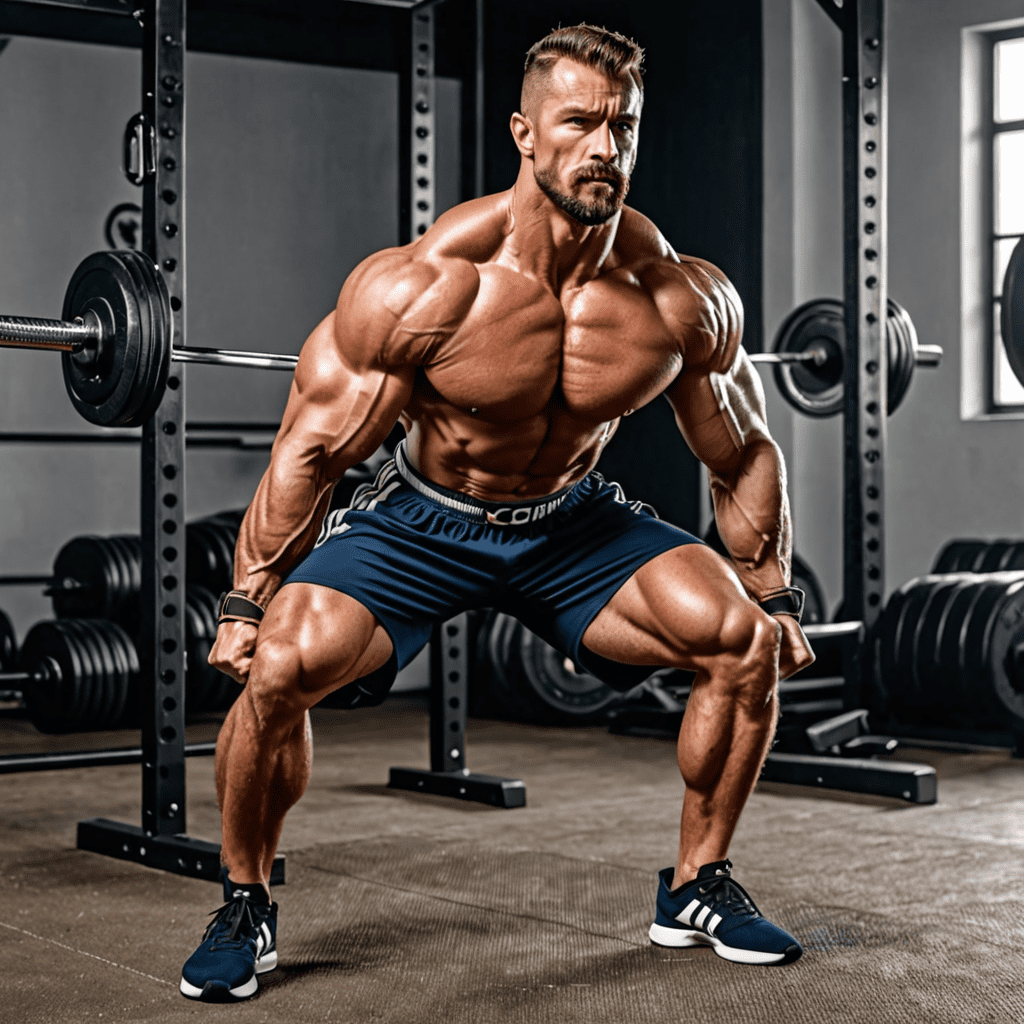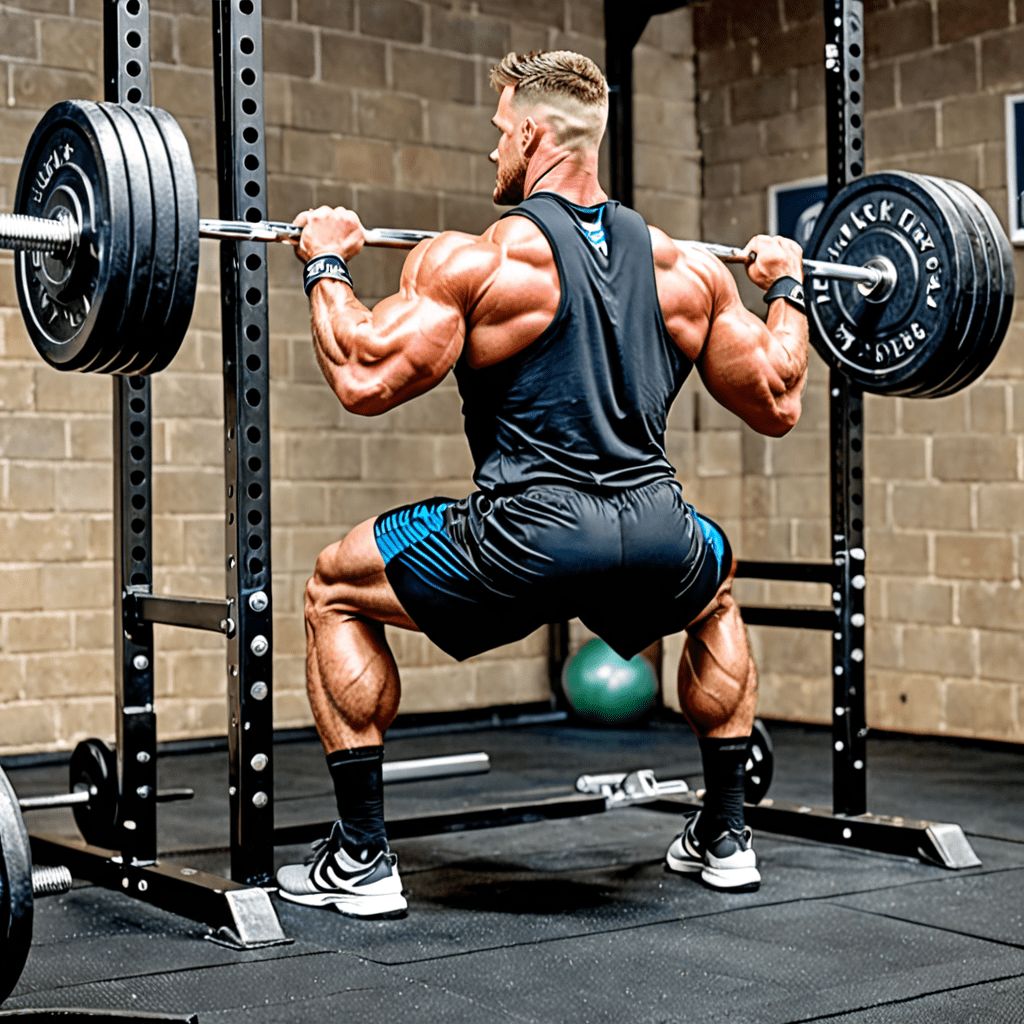
Mastering the Cossack Squat: A Comprehensive Guide
Introduction
The Cossack squat is an effective lower body exercise that targets various muscle groups, including the glutes, quads, and hamstrings. In this comprehensive guide, we will break down the proper technique for performing a Cossack squat and provide tips to help you master this challenging exercise.
The Benefits of Cossack Squats
Cossack squats offer a range of benefits, such as improved lower body strength, flexibility, and balance. Additionally, incorporating Cossack squats into your workout routine can help enhance your athletic performance and contribute to injury prevention.
Proper Form and Technique
To perform a Cossack squat correctly, follow these steps:
1. Begin by standing with your feet wider than shoulder-width apart, toes pointing slightly outward.
2. Shift your weight to one side and lower your body by bending the knee of that leg, while keeping the other leg straight.
3. Keep your back straight and your chest lifted as you descend into the squat position.
4. Lower yourself until your bent knee is at a 90-degree angle or as low as your flexibility allows.
5. Push through the heel of the bent leg to return to the starting position.
6. Repeat the movement on the other side.
Tips for Success
To enhance your Cossack squat technique and improve your overall performance, consider the following tips:
1. Start with a wider stance to maintain stability and balance.
2. Focus on keeping your core engaged throughout the exercise to support your lower back.
3. Gradually increase the depth of your squat as your flexibility improves.
4. Keep your feet flat on the ground to ensure proper weight distribution.
5. Perform dynamic stretching exercises before attempting Cossack squats to warm up your muscles and increase mobility.
Variations and Progressions
Once you have mastered the basic Cossack squat, you can challenge yourself by trying some variations and progressions. These include:
1. Adding weight: Hold a dumbbell or kettlebell in front of your chest while performing the Cossack squat.
2. Resistance band Cossack squat: Place a resistance band around your thighs to increase resistance and engagement of your hip muscles.
3. Cossack squat jumps: Incorporate a jump at the end of the Cossack squat to increase the intensity and explosiveness of the exercise.
Frequently Asked Questions (FAQ)
1. Can anyone do Cossack squats?
Cossack squats can be performed by individuals of various fitness levels. However, it is recommended to consult with a healthcare professional before attempting this exercise, especially if you have any pre-existing injuries or conditions.
2. Is it normal to feel tightness in the muscles after performing Cossack squats?
Yes, it is normal to feel tightness in the muscles after performing Cossack squats, especially if you are new to the exercise. Make sure to stretch properly before and after your workout to reduce muscle soreness.
3. How often should I incorporate Cossack squats into my workout routine?
The frequency of incorporating Cossack squats into your workout routine depends on your fitness goals and overall training program. It is generally recommended to start with 2-3 sets of 8-12 repetitions and gradually increase the volume as you become more comfortable and stronger.
4. Can Cossack squats help improve my flexibility?
Yes, Cossack squats can contribute to improving your flexibility, particularly in the hips, groin, and inner thighs. Regular practice and gradually increasing the depth of your squat can help enhance your range of motion over time.
5. Are Cossack squats suitable for individuals with knee problems?
Individuals with knee problems should exercise caution when performing Cossack squats. If you have knee issues, it is advisable to consult with a healthcare professional or a certified fitness trainer to determine if this exercise is suitable for you. They may offer modifications or alternate exercises that are safer for your knees.


